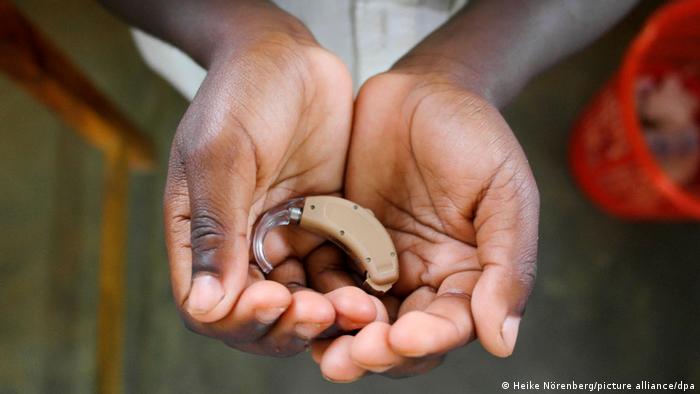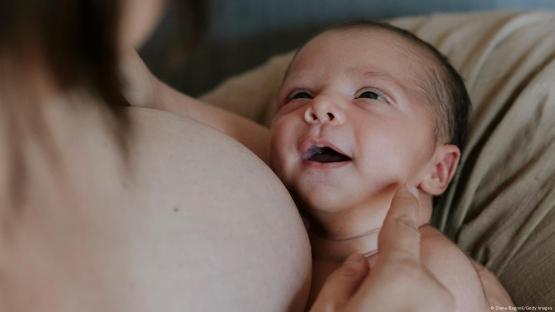A LITTLE boy almost died from Strep A in hospital after doctors misdiagnosed the killer condition as Covid.
Sunnie Gosling, 11, was first seen by a doctor in July, after he suffered with diarrhoea, sickness and pain in his side.
His GP suspected the boy, who lives with his mum in Colchester, was suffering from Covid-19 and had pulled a muscle from coughing and he was to recover at home.
But when his condition worsened, his mum Chontelle, 34, took him to hospital where doctors found fluid “all around his lungs and his heart.
“At hospital they were quite surprised he had managed at home for as long as he did,”;; he explained.
He was blue-lighted to the Royal Brompton Hospital, in London, for specialist care.
She said the seriousness of the situation sank in while in the back of the ambulance.
Mum-of-four Chontelle said: “We got there and there were about 11 people waiting in the room for us.”;;
Doctors diagnosed Sunnie with Strep A, which 15 kids have died from in the UK since September.
The bug usually causes mild illness including sore throats and skin infections, alongside tonsillitis, cellulitis, and scarlet fever but can be serious if not treated swiftly with antibiotics.
In rare cases, the bacteria can trigger invasive Group Strep A disease, which can prove life-threatening and even fatal.
Medics decided to operate on Sunnie to drain the fluid from his lungs and to determine whether the fluid had reached his heart.
The surgery was a success, but after his condition had gradually improved, he suddenly deteriorated days later and medics feared he had sepsis.
Tests soon revealed Sunnie actually had invasive group A Strep infection.
After doctors have him antibiotics for the infection he started to recover.
Sunnie spent a month in intensive care, losing much of his body weight before he was finally allowed to return home on July 16.
Sunnie has a check-up scheduled in two weeks time, with fluid still present in his lungs.
“He can’t run as fast as he could before and he missed most of the end of Year 6 at school, having spent a month in hospital,”;; said Chontelle.
What are the symptoms?
There are four key signs of invasive Group A Strep to watch out for, according to the NHS. These are:
- A fever (meaning a high temperature above 38°C)
- Severe muscle aches
- Localised muscle tenderness
- Redness at the site of a wound
The invasive version of the disease happens when the bacteria break through the body’s immune defences.
This can happen if you’re already feeling unwell or have an immune system that’s weakened.
Two of the most severe examples of invasive disease are necrotising fasciitis – a very rare but life-threatening infection also called ‘flesh-eating disease’ – and toxic shock syndrome.




